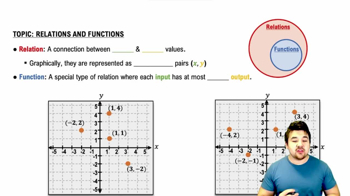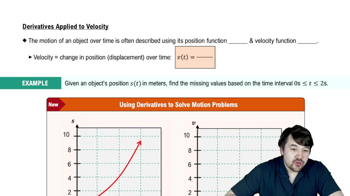Daylight function for 40 °N Verify that the function has the following properties, where t is measured in days and D is the number of hours between sunrise and sunset.
and (corresponding to the equinoxes).
 Verified step by step guidance
Verified step by step guidance Verified video answer for a similar problem:
Verified video answer for a similar problem:



 1:36m
1:36mMaster Introduction to Calculus Channel with a bite sized video explanation from Patrick
Start learning